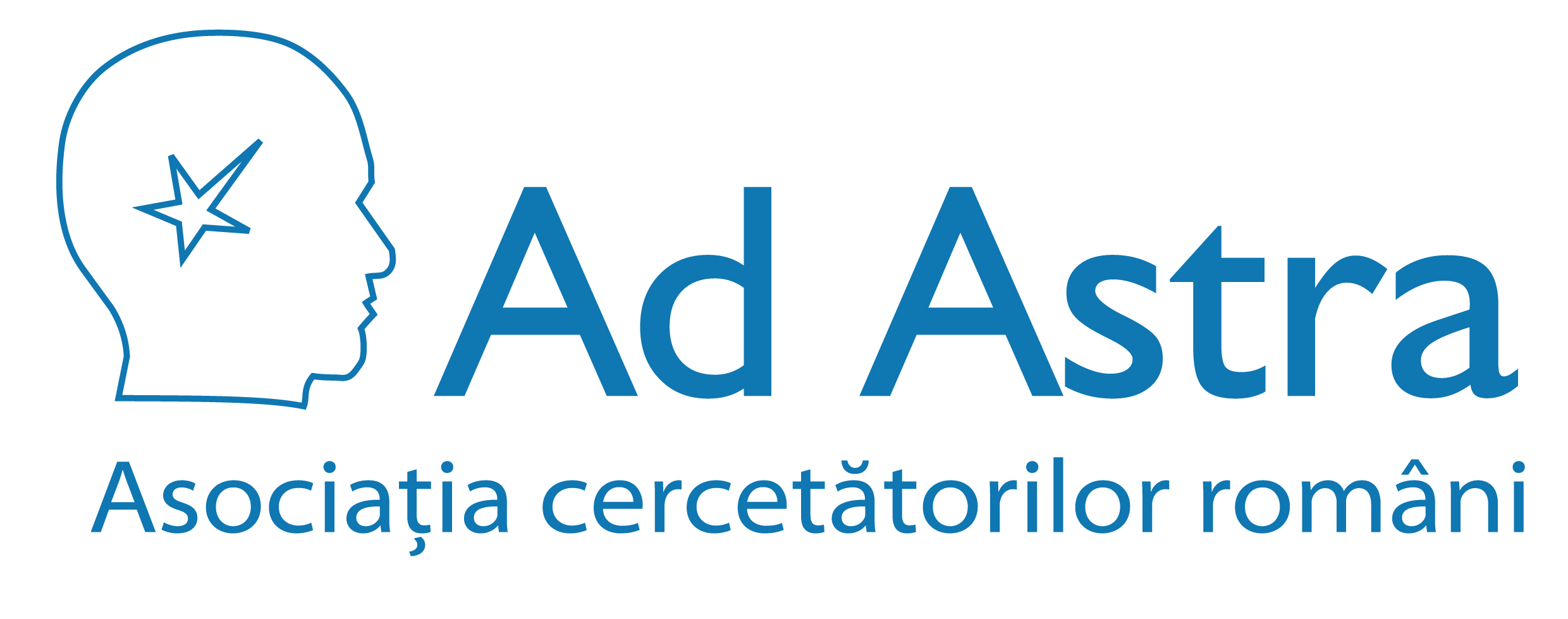Scopul nostru este sprijinirea şi promovarea cercetării ştiinţifice şi facilitarea comunicării între cercetătorii români din întreaga lume.
Staff Login
Conditioning technology for radioactive waste resulted from the treatment of liquid waste from the Romanian Nuclear Power Plant
Domenii publicaţii > Chimie + Tipuri publicaţii > Articol în volumul unei conferinţe
Autori: Carmen Arsene
Editorial: Proceedings of WM’03, HLW, TRU, LLW, Mixed, Hazardous Wastes and Environmental Restoration-Waste Management, Energy Security and a Clean Environment International Conference, Tucson, Arizona, cod INIS, 35076695, VolIss 3536, 2003.
Rezumat:
One of the main directions from the Romanian R&D radioactive waste management program, initiated in 1992, four years before the start-up of the Cernavoda Nuclear Power Plant, is to establish the treatment and conditioning technologies for low and intermediate radioactive waste generated from operation of the plant.
Researches for the treatment of the liquid radioactive wastes from the Decontamination Center have showed the ion-exchange method as the best solution for their treatment.
The treatment or conditioning of the spent resins have to consider both the presence of the large number of radionuclides and the organic base of the ion exchangers. The adopted solution should not significantly increase the costs of waste management but has to limit at a maximum practicable extent the contamination and irradiation of the operating staff, population and the environment. The dose limits for workers and population are approved by the Regulatory Body
The selected conditioning process is the bituminization using industrial bitumen, I 60-70, made in Romania, having good characteristics.
The paper presents stages of the research project, technical conditions for the process and advantages of the bituminization of spent resins.
Cuvinte cheie: liquid radioactive waste, conditioning, bitumen

